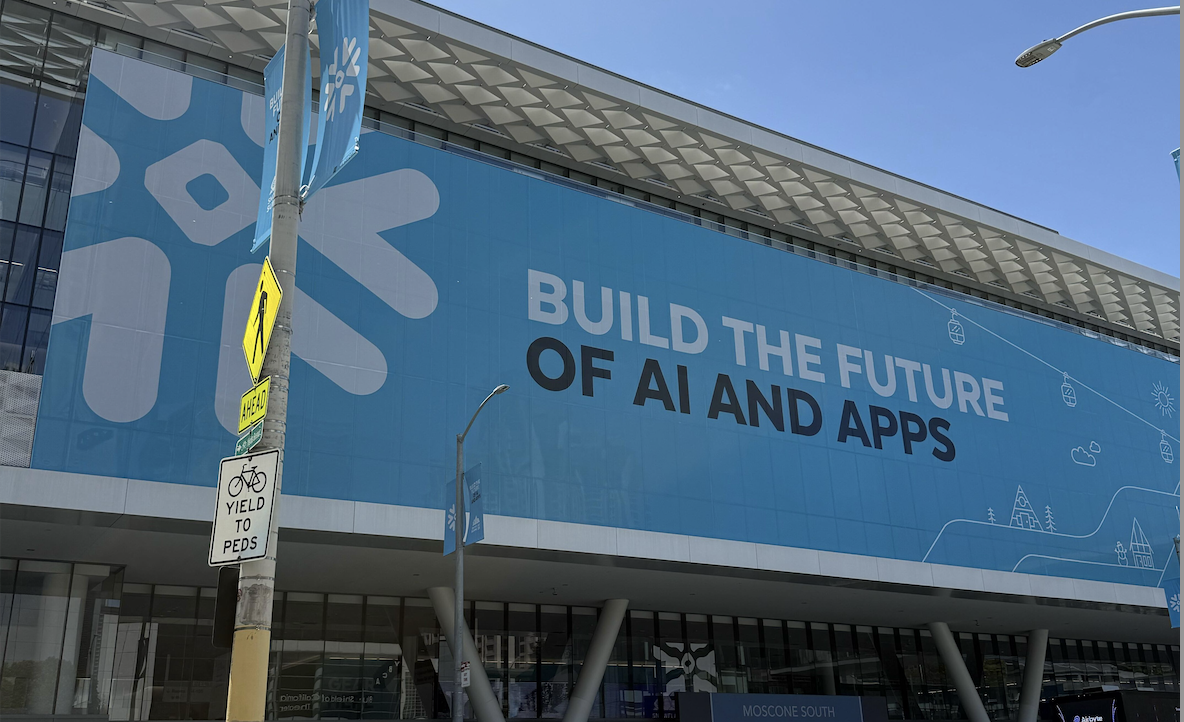Unraveling the Power of Data Fabric: Transforming Businesses with Unified Data Insights

Introduction
In today’s fast-paced business landscape, data is the key to unlocking insights, driving innovation, and staying ahead of the competition. However, the explosion of data from various sources and the increasing complexity of data ecosystems have posed significant challenges for organizations. Data Fabric is an innovative data management approach that aims to seamlessly connect and integrate diverse data sources within an organization. It enables businesses to break down data silos and create a unified, cohesive view of their data landscape. This allows for real-time access, analysis, and sharing of data, empowering businesses to make informed decisions, derive valuable insights, and optimize their data assets more effectively. Data Fabric plays a crucial role in enabling digital transformation and maximizing the potential of data-driven strategies for businesses of all sizes and industries. Listed below are ways in which Data Fabric is transforming businesses.
Benefits
- Improved data quality:
Data fabric is revolutionizing businesses by breaking down data silos and providing a unified data environment. This seamless integration ensures accurate, reliable, and fresh data, empowering companies with a comprehensive view of their operations and customers. - Increased operational efficiency:
As businesses grow and evolve, so do their data requirements. With data fabric’s powerful data integration capabilities, businesses can streamline their operations and decision-making processes. By consolidating and harmonizing data from various sources, teams can access critical information in real-time, leading to faster and more informed actions. - Better data management & increased data agility:
With data scattered across multiple platforms, making informed managerial decisions can be slow and cumbersome. Data fabric empowers businesses with clear roles and responsibilities in managing data. Real-time analysis becomes a reality, allowing organizations to adapt swiftly to changing market dynamics and customer demands. - Easier switch from data warehousing to a data lake:
Data fabric’s flexibility enables a seamless transition from traditional data warehousing to more agile data lake architectures. This transition enhances data insights and empowers data-driven decision-making across the organization. - Improved data integration and accessibility:
Instead of dealing with scattered data silos that hinder collaboration and decision-making, With data fabric, organizations benefit from a unified view of data across the organization, simplified data access and streamlined data pipelines. This ensures that valuable data is readily available to relevant stakeholders, promoting collaboration and efficient data-driven processes. - Enhancing Data Security and Compliance:
Data security and compliance are paramount concerns for businesses dealing with sensitive information. Data Fabric consolidates data into a single repository, improving access control and security measures. This centralized approach ensures that sensitive data is appropriately protected, safeguarding businesses against potential breaches and data leaks. - Unleashing the Potential of AI and Analytics:
Data Fabric provides a solid foundation for advanced analytics and AI-driven insights. By unifying data and having consistent datasets, businesses can leverage the full potential of AI and machine learning algorithms to uncover valuable patterns and trends.

Challenges in Adopting Data Fabric
As businesses embark on their data fabric journey, they may encounter some challenges along the way. These may include:
- Data Integration Complexity:
Integrating data from diverse sources can be complex and time-consuming, requiring a well-defined strategy and skilled resources. - Legacy System Integration:
Businesses with legacy systems may face challenges in seamlessly integrating them into the Data Fabric architecture. - Data Governance:
Maintaining data governance and ensuring compliance with data regulations can be a significant challenge in a centralized data environment. - Organizational Resistance:
Employees may resist adopting a new data fabric platform, requiring effective change management and training initiatives.

Data Fabric has emerged as a transformative force in the world of data management, driving innovation and unleashing the true potential of businesses. With its array of benefits, from improved data quality to enhanced data analytics, Data Fabric empowers organizations to make data-driven decisions and stay ahead in an ever-evolving business landscape. However, embracing Data Fabric does come with its share of challenges, and companies must address them proactively to reap the full rewards of this revolutionary technology. By overcoming these hurdles and embracing a data-driven culture, businesses can unlock transformational growth and lead their industries into a brighter future.


